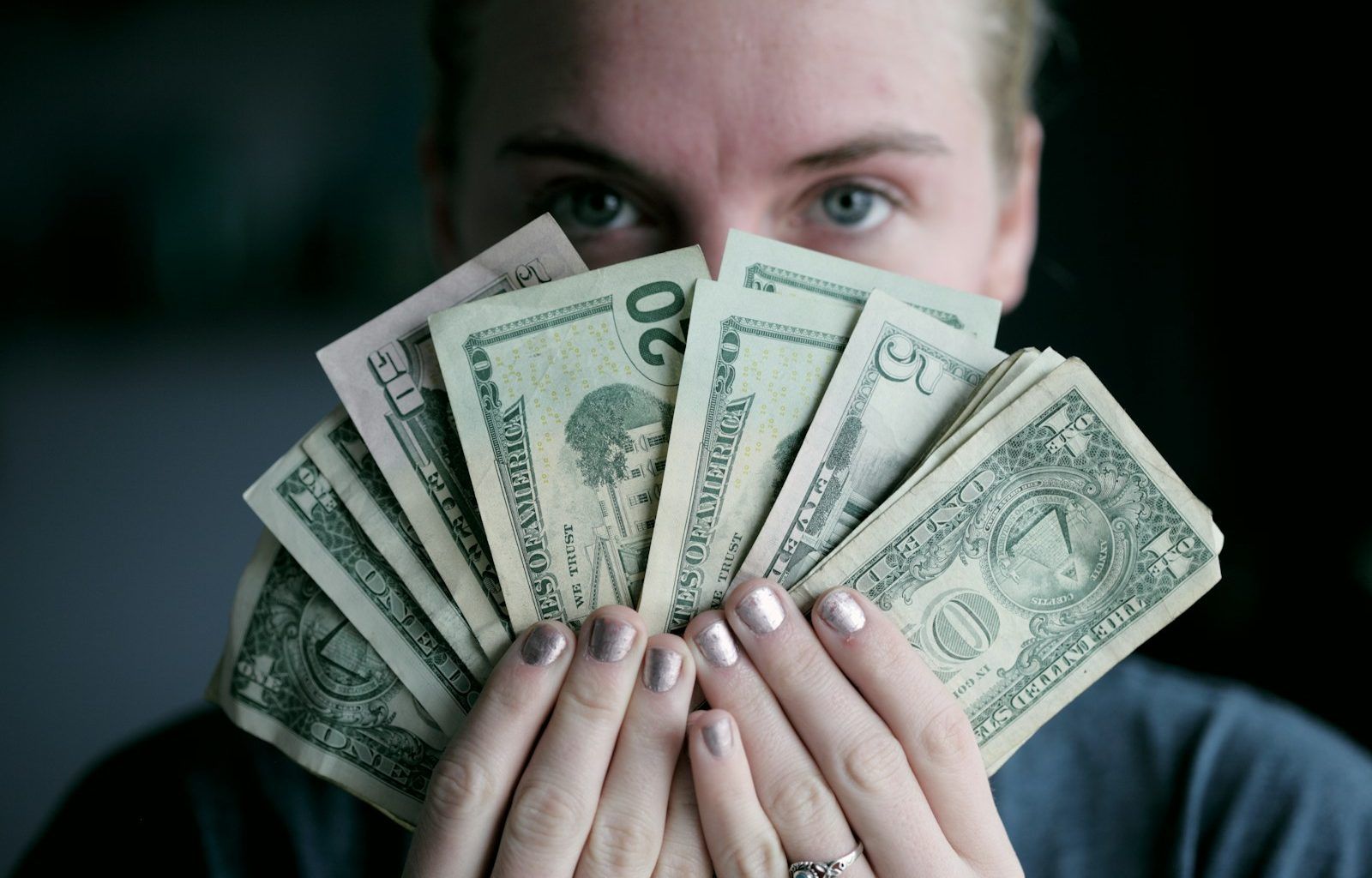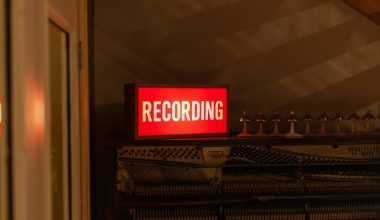Music streaming has revolutionized the way we listen to songs, discover artists, and share playlists. But behind the convenience of on-demand music lies a complex system of payouts that often leaves artists and listeners scratching their heads. Let’s dive into the world of music streaming payouts and uncover what really happens when you hit play on your favorite track.
What Are Music Streaming Payouts?
Music streaming payouts refer to the payments made by streaming platforms like Spotify, Apple Music, and YouTube Music to artists, record labels, and other rights holders. Whenever someone streams a song, a small fraction of the revenue generated from subscriptions or ads is allocated to these parties.
However, the process isn’t as straightforward as it sounds. Payments are influenced by various factors, including the platform’s payment model, the listener’s location, and the agreements between rights holders. Understanding these details can shed light on why payouts often seem smaller than expected.
How Do Streaming Platforms Make Money?
To understand payouts, it helps to first know how platforms generate revenue. Music streaming services typically operate on two main models:
- Subscription-Based Model: Users pay a monthly or yearly fee for unlimited, ad-free access to music.
- Ad-Supported Model: Free users listen to ads between songs, and the platform earns money from advertisers.
The revenue collected from these sources is pooled together and then distributed to rights holders. But how is this money divided? That’s where things get tricky.
The Revenue Pool: Where Does the Money Go?
When a streaming platform earns revenue, only a portion is set aside for artists and rights holders. Here’s a rough breakdown of where the money goes:
- Platform Costs: A significant chunk covers operating expenses, such as technology infrastructure, salaries, and marketing.
- Rights Holders: The remaining amount is divided among record labels, publishers, and artists.
For instance, platforms like Spotify reportedly pay out around 70% of their revenue to rights holders. However, this doesn’t mean artists get 70%. Instead, the money is distributed based on streaming metrics and contractual agreements.
How Are Music Streaming Payouts Calculated?
Payouts per stream vary widely and depend on several factors. Here are the key elements that influence calculations:
- Platform-Specific Rates: Each platform has its own payout rate. For example, Apple Music generally pays more per stream than Spotify.
- Listener’s Location: Streams from countries with higher subscription fees often generate more revenue.
- User Type: Streams from premium subscribers usually pay more than those from free-tier users.
- Pro Rata Model: Most platforms use a shared revenue model, where total revenue is divided among all artists based on the percentage of total streams they receive.
The Pro Rata Controversy
One of the most debated aspects of music streaming payouts is the pro rata model.
Critics argue that this model favors big-name artists and top-charting songs, leaving independent musicians with a tiny fraction of the revenue.
Challenges Faced by Artists
Despite the growing popularity of streaming, many artists struggle to make a sustainable income from their music. Here are some common challenges:
- Low Payout Rates: On average, artists earn between $0.003 and $0.005 per stream, which means they need millions of plays to earn a decent income.
- Middlemen: Record labels and distributors often take a significant cut, leaving artists with an even smaller share.
- Delayed Payments: It can take months for artists to receive their earnings due to the complexities of royalty calculations and reporting.
How Can Artists Maximize Their Earnings?
While the system has its flaws, there are strategies artists can use to boost their earnings:
- Promote Directly to Fans: Building a loyal fan base can increase streams and encourage fans to buy merchandise or attend live shows.
- Distribute Independently: Platforms like Bandcamp allow artists to keep a larger share of their revenue.
- Explore Alternative Income Streams: Licensing music for films, TV shows, and commercials can provide additional revenue.
- Leverage Data: Understanding listener analytics can help artists tailor their marketing efforts and maximize their reach.
The Role of Listeners in Supporting Artists
As listeners, we play a crucial role in shaping the music industry. Here are some ways you can support your favorite artists:
- Subscribe to Premium Plans: Paying for a subscription generates more revenue for artists compared to free-tier streaming.
- Buy Merchandise and Concert Tickets: These direct income sources often make up a significant portion of an artist’s earnings.
- Share and Recommend Music: Helping your favorite artists reach a wider audience can boost their streams and visibility.
The Future of Music Streaming Payouts
The music industry is constantly evolving, and so are the models for streaming payouts. Some trends and developments to watch include:
- User-Centric Payment Models: More platforms are exploring alternative payout structures to ensure fairer compensation for artists.
- Blockchain Technology: Decentralized systems could offer more transparency and efficiency in royalty payments.
- Increased Competition: As new streaming platforms emerge, they may introduce innovative ways to compensate artists.
- Regulatory Changes: Governments and industry organizations are pushing for reforms to address inequities in the current system.
Conclusion
Music streaming payouts are a complex and often controversial topic. While the convenience of streaming has made music more accessible than ever, it’s clear that the system needs improvements to ensure fair compensation for artists. By understanding how payouts work and taking steps to support musicians, we can all contribute to a healthier and more sustainable music industry.
Whether you’re an artist, a fan, or someone curious about the inner workings of the music business, staying informed is the first step toward positive change. So, the next time you hit play, remember the journey your favorite song takes to reach you and the effort behind every note.
For further reading, explore these related articles:
For additional resources on music marketing and distribution, visit DMT Records Pvt. Ltd..






